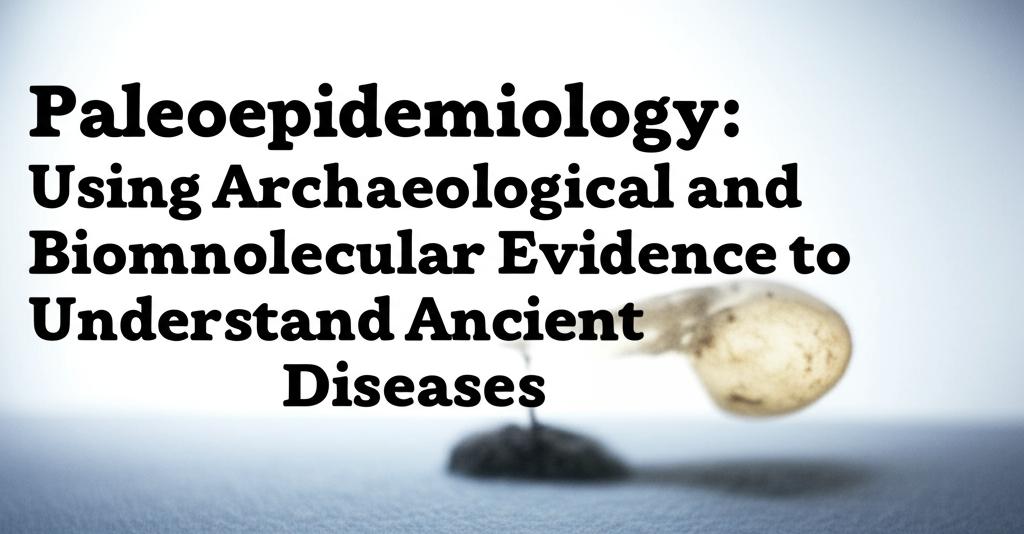Paleoepidemiology bridges archaeology and biology to unravel the history of diseases that afflicted past populations. By examining the remnants of ancient lives, researchers piece together how diseases emerged, spread, and impacted human societies long before written records detailed public health. This field moves beyond identifying individual afflictions (paleopathology) to understand disease dynamics at the community and population level.
Archaeological evidence provides the foundational context. Skeletal remains are a primary source, revealing clues through visible lesions, deformities, and patterns of bone changes. For instance, specific bone erosion patterns can suggest tuberculosis or leprosy, while porous skull or orbital lesions (cribra orbitalia) might indicate anemia often linked to malnutrition or parasitic infections. Dental analysis, examining enamel hypoplasia (lines or pits indicating growth disruption) or caries rates, offers insights into dietary stress and health episodes during childhood.
Beyond bones, the archaeological context itself is crucial. Settlement patterns tell us about population density and sanitation possibilities, factors heavily influencing infectious disease transmission. Analysis of waste disposal areas (middens), water sources, and agricultural practices helps reconstruct environmental conditions that could foster pathogens or their vectors. Studying burial patterns, such as mass graves or deviations from normal funerary rites, can sometimes signal epidemic events.
The biomolecular revolution has profoundly advanced paleoepidemiology. Ancient DNA (aDNA) analysis allows for the direct identification of pathogen DNA within human remains. This has definitively confirmed the presence of specific infectious agents, such as Yersinia pestis (plague), Mycobacterium tuberculosis (tuberculosis), and Mycobacterium leprae (leprosy), in individuals from archaeological sites across the globe. Molecular techniques enable researchers to sequence pathogen genomes, tracing their evolutionary history, geographic spread, and changes in virulence over time. This helps understand how pathogens adapted to human hosts and how human activities, like migration and trade, facilitated their dispersal.
Proteomics, the study of proteins, is another burgeoning area. Proteins can sometimes survive longer than DNA and can identify pathogens or host immune responses, providing complementary evidence, especially where DNA preservation is poor. Stable isotope analysis of elements like carbon, nitrogen, oxygen, and strontium within bones and teeth provides data on diet, nutritional status, and geographic origins/migration patterns. This information helps correlate health status and disease prevalence with lifestyle, subsistence strategies, and mobility.
Integrating these diverse lines of evidence – skeletal observations, archaeological context, aDNA, proteins, and isotopes – provides the most robust understanding of ancient diseases. For example, identifying Yersinia pestis aDNA confirms plague, while associated archaeological evidence like mass graves might indicate its epidemic scale, and skeletal markers could suggest prior health stresses that made the population vulnerable.
Paleoepidemiology offers critical insights into the long-term interplay between humans, pathogens, and the environment. It reveals the deep history of diseases still relevant today, tracks the impact of major societal shifts (like the adoption of agriculture or urbanization) on health, and helps contextualize human vulnerability and resilience to disease over millennia. By looking into the past, we gain a better perspective on present-day epidemiological challenges and the evolutionary trajectory of both hosts and pathogens.

